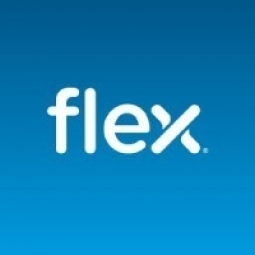Flex
Case Studies
Rapid Prototyping and Market Entry: Google Chromecast's Success Story with Flex
Overview
 |
Rapid Prototyping and Market Entry: Google Chromecast's Success Story with FlexFlex |
Analytics & Modeling - Real Time Analytics Platform as a Service (PaaS) - Device Management Platforms | |
Electronics Equipment & Machinery | |
Product Research & Development | |
Time Sensitive Networking Virtual Prototyping & Product Testing | |
Operational Impact
| The collaboration between Google and Flex brought the Chromecast design to life and got the device into consumers’ hands at a staggering pace. This partnership allowed Google to maintain its leadership position in the market. The resulting size and curves of the Chromecast differentiated it from its competitors. The design of the circuit board took advantage of the gaps between circuits to disperse heat so it wouldn’t burn the circuitry. Flex developed an antenna with a ribbon nestled between the layers of the circuit board that could sniff out a signal from behind a flat-screen. This innovative design and rapid market entry set Chromecast apart from its competitors. | |
Quantitative Benefit
| Designed a working prototype in just four weeks. | |
| Google began selling its Chromecast streaming sticks for $35 in July 2013, offering a more accessible alternative to competitors’ $100+ dollar products. | |
| Flex manufactured 7 million of the devices during the first four months of production. | |


